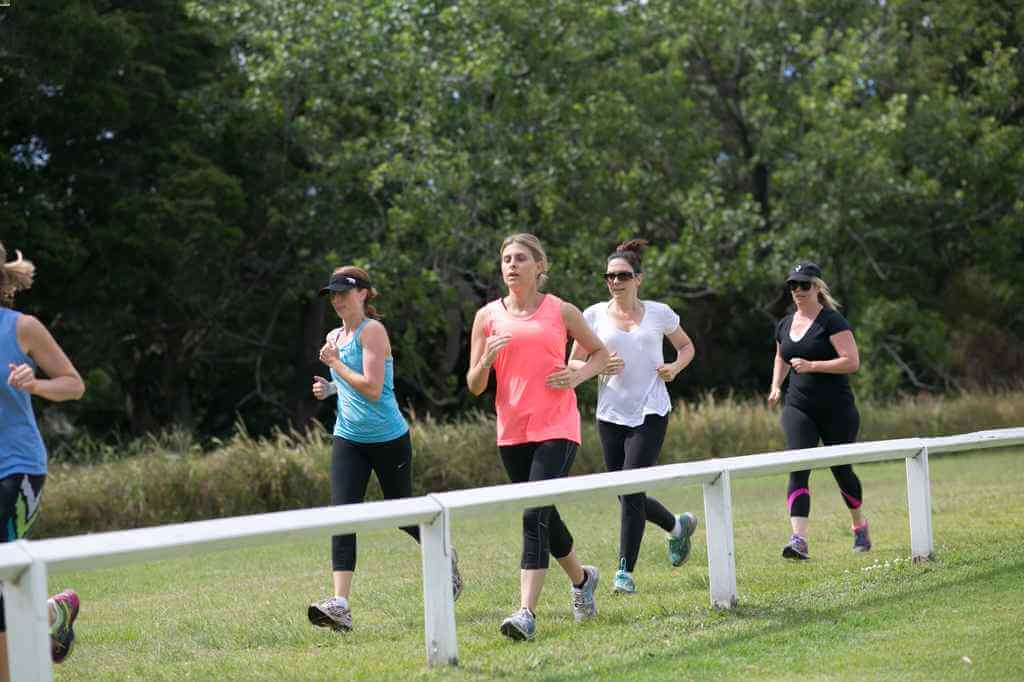How to return to running postnatally without getting injured
Written by
Madison Cutmore
Feb 19, 2020 •

So you’ve carried a baby for nine months, gone through labour and now you want to get back into exercise and find a new 'normal'.
Good! Exercise has countless mental and physical benefits, however we want to guide the return to exercise process to keep you safe and avoid injury.
In October 2019, the APA released a statement calling for "Women’s Health Physiotherapists to be included in the care teams for all pregnant women in Australia to reduce the risk of complications and to improve outcomes for women and their babies". Postnatally, a Women’s Health Physio (WHP) works to go beyond the GP six-week check up to guide women on pelvic floor health, abdominal separation and to specifically guide the return-to-exercise process.
This is critical to safe return to exercise, particularly when we look at research by the APA that shows 50% of women have some degree of pelvic organ prolapse.
So, you are working with a WHP – what do you do now?
Here are my top tips to help avoid injury:
1. Graduate your return. We often see postnatal women return to exercise with a vengeance once they’ve been given the 'all clear' by their GP. They often do too much too soon. The biggest key to injury prevention is to ease back in to training. If prenatally you were doing 3 x 10km runs a week but then stopped running five weeks into your pregnancy, don’t go straight back to 3 x 10km runs! You need to gradually increase your load.
Start small; think one minute on, one minute off (walking) to start with for 10-20 minutes. From there, you can work to decrease the rest time until you can run for 10 minutes straight. Then you can increase the time and following that the frequency/overall volume. After you build this consistently over weeks/months you can start adding in intensity and variability.
2. Second to graduated load, stability exercises are essential in keeping you injury free. Pregnancy weight increases and shifts load in your body, alters your posture and changes the biomechanics at your back and pelvis. Lumbopelvic stability is especially important when returning to running as you require hip control with every single leg movement. Exercises to train this include banded squats and toe taps, core control and coordinating proper core/back/glute motor patterning.
3. Strength training is also a must. Lots of runners disregard strength training but all of the current evidence points to heavy strength work as a means of decreasing injury and improving performance in runners. I’m talking heavy deadlifts, squats and calf raises in the gym, 2-3 times a week.
We want to get you running and keep you running; by making sure you progressively increase your load and complement your training with stability work and strength training, you will run better, for longer.
Madison is a Physiotherapist passionate about helping mums understand their bodies, move efficiently and return to running and exercise safely. You can find her at iMove Physio.
Written by
Madison Cutmore
Comments Off on How to return to running postnatally without getting injured
More stories by Madison Cutmore
All stories by Madison Cutmore
